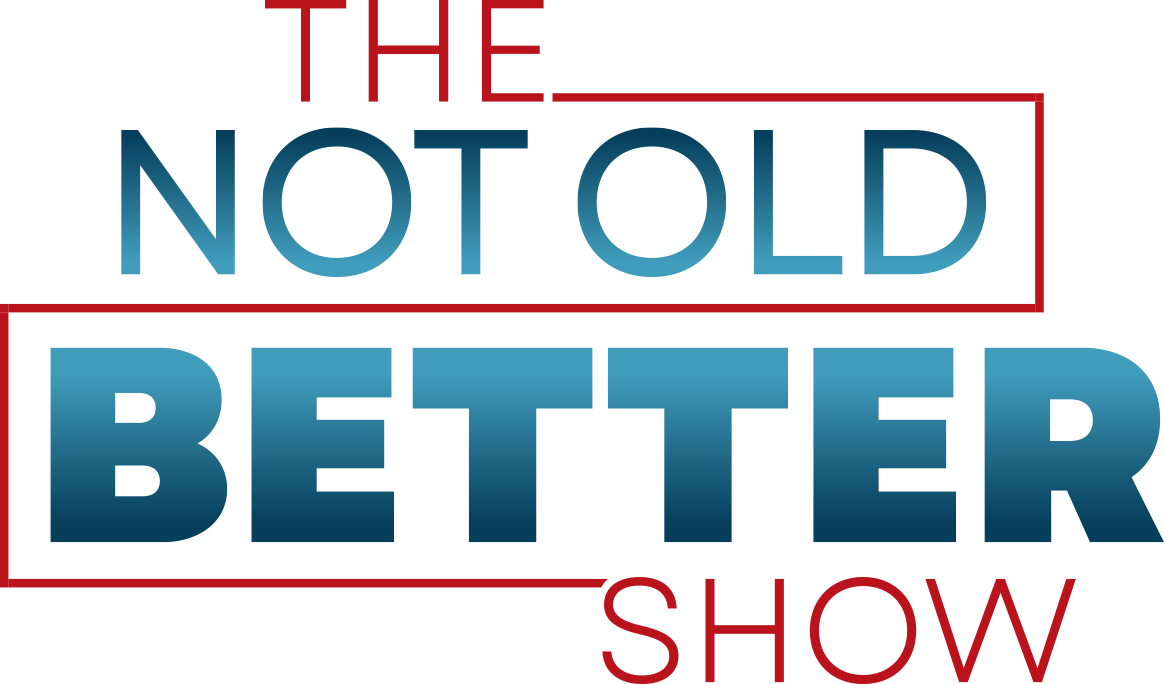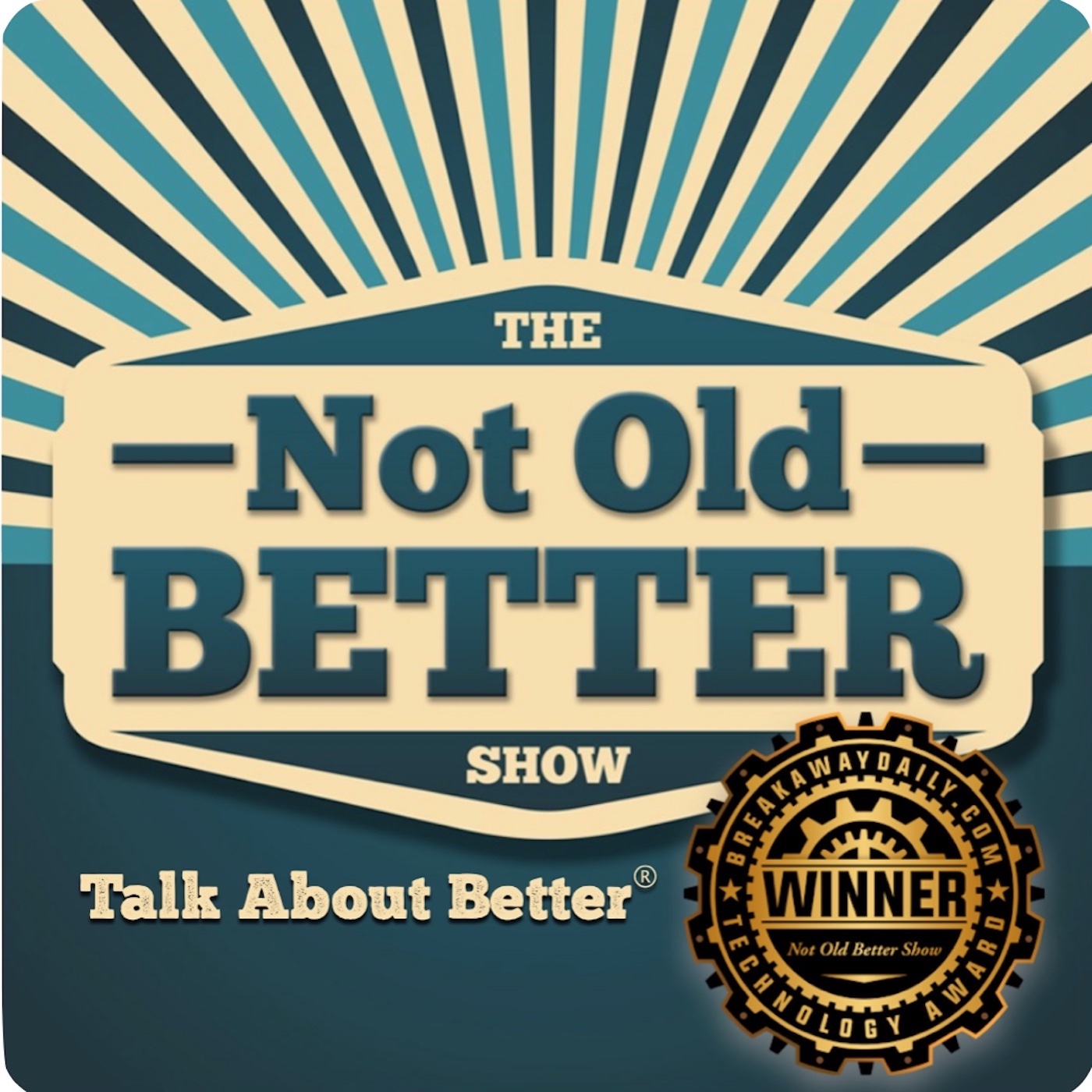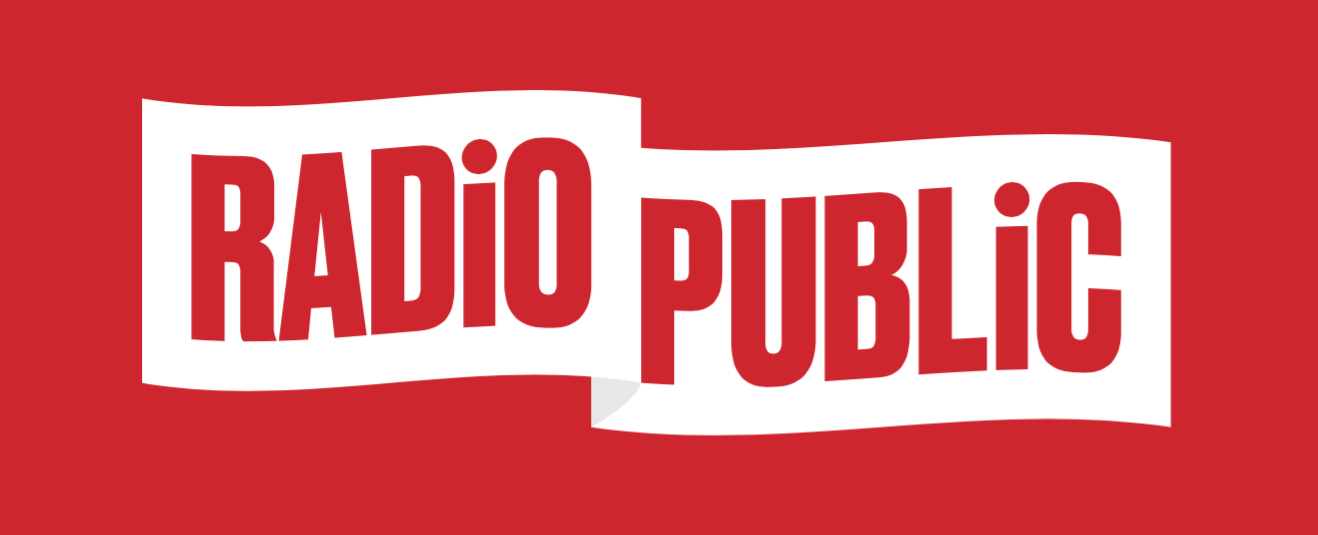
Dr Lexi Lord, Interview, Doctor’s Orders
Smithsonian Associates, Interview Series
Alexandra, “Lexi,” Lord, chair and curator of the division of medicine and science at the Smithsonian American History Museum, explores the medical and public health advances of the ’20s and places them in a cultural context. In the previous decade
World War I shaped new discoveries in medicine, and examinations of drafted soldiers revealed that the men defending our country were not as strong and healthy as once perceived. As a result, public health became a matter of national security.
With the postwar population shift from rural areas to urban centers, improved health and sanitation for both types of communities became a concern. Poorer, less populated parts of the country were often in desperate need of health and hygiene essentials, including indoor plumbing and running water. Cities were experiencing public health problems due to overcrowding, prompting initiatives and policies to reduce infant and childhood mortality, as well as to control infectious diseases.
The new freedoms offered by urban life also lead to a shift in social behaviors, and in response, the U.S. Public Health Service launched the first national sexual education campaign, now the longest-running one of its kind in the country.
The 1920s also saw a push for the professionalization of doctors and nurses, an increase in the number of school nurses, and breakthroughs in treating diseases, like diabetes, that once were considered a death sentence—and was the decade in which a new, hopeful trust in medicine placed its practitioners in high public regard.
For more information and tickets, please click HERE:











